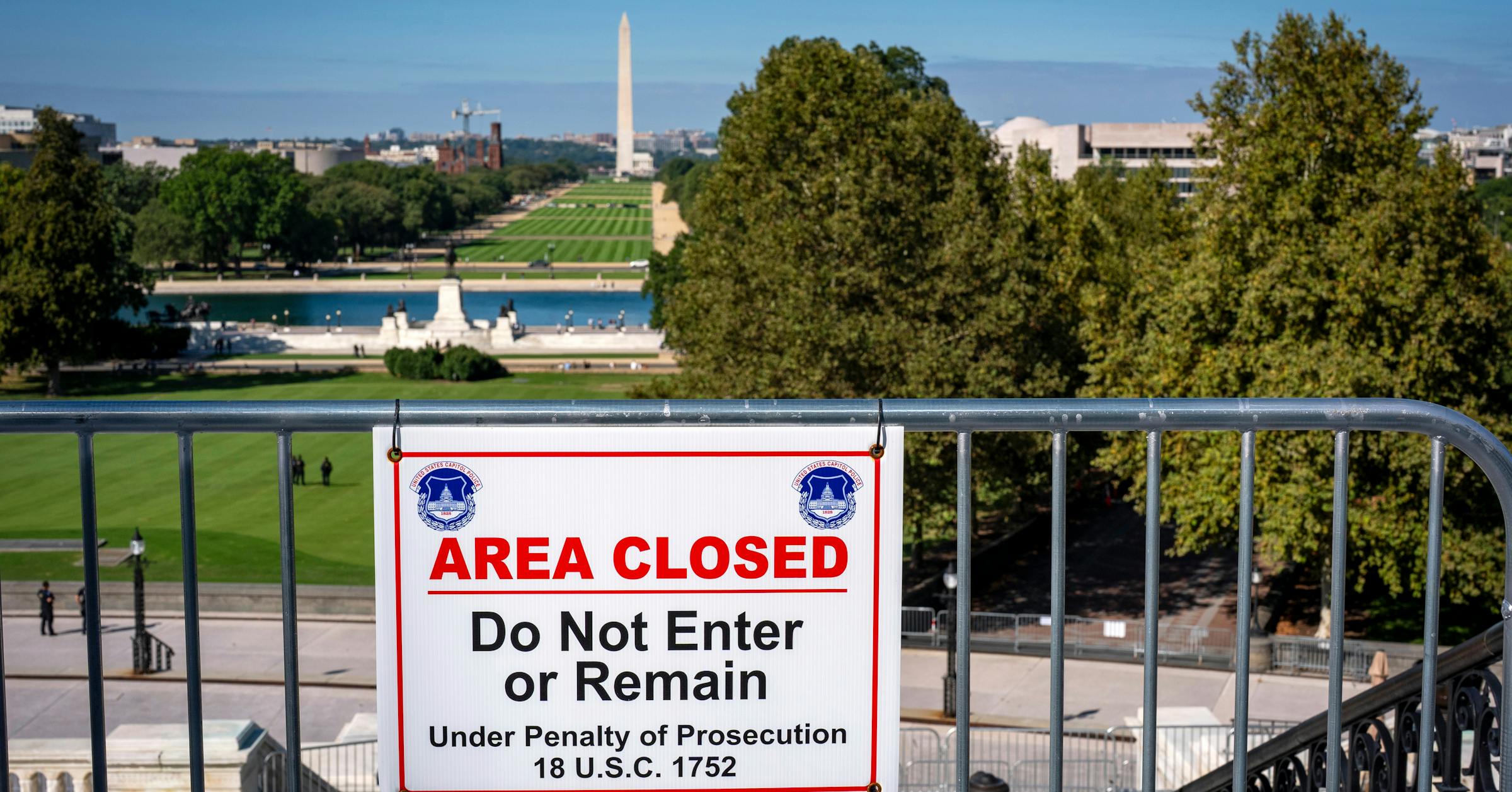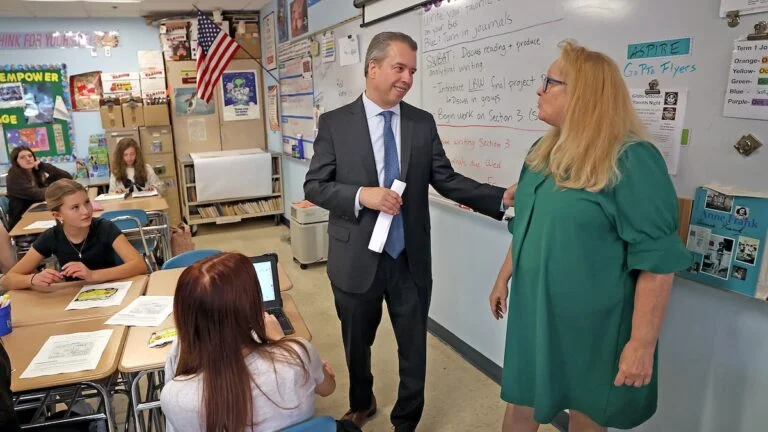
At the root of each dynamic is division, which was on display at an event just hours before the shutdown deadline at an unprecedented assembly of senior military leaders.
The Pentagon had become the “woke” department, Pete Hegseth, a Forest Lake native, told top admirals and generals, as the secretary of defense — or “war,” as President Donald Trump recently decreed — insisted on instilling what the administration calls a “warrior ethos.”
“We will not be politically correct,” Hegseth said, soon proving it by excoriating inclusive policies. Previous proclamations that “our diversity is our strength,” the secretary said, were “an insane fallacy.”
Hegseth’s obsession with “woke” doesn’t reflect reality, countered Michael O’Hanlon, the director of the Brookings Institution’s Strobe Talbott Center for Security, Strategy and Technology. “There is not such a culture and there is no preoccupation with such matters,” O’Hanlon said in an email interview.
O’Hanlon pointed to a post in which he wrote that “While there may be areas where [Hegseth], as a former soldier himself, can ask tough questions and change some policies for the better, the overall fighting spirit and capability of the U.S. Armed Forces have not suffered due to a purported pursuit of political correctness or diversity for diversity’s sake. Hegseth’s first instinct should be to follow the Hippocratic oath and do no harm to a system and an institution that remain excellent.”
Ronald Krebs, a University of Minnesota professor of political science who studies international conflict and security, agrees on that excellence, and said that at times Hegseth acknowledged it. But, Krebs said, there was “a fundamental contradiction.” Hegseth “suggested that the admirals and generals located in front of him represented the finest that America has to offer. Simultaneously, he is also suggesting that the American military is fundamentally broken and that an entire generation of generals and admirals had been mis-socialized to believe in the virtues of diversity.” Both Hegseth and Trump “tried to have it both ways.”
Trump tried to have it both ways on America’s adversaries too, with scant mention of the threats from abroad in favor of a focus on urban America, which he horrifyingly told Hegseth could be a “training grounds” for the military.
The political battle over the budget channeled the same challenging language, and not just from Trump and Republican lawmakers, who like their Democratic counterparts seek to assign blame and thus apply pressure. Multiple federal agencies, which like the military itself generally stay apolitical, used unusually divisive verbiage like “radical left” or “radical liberals” in assigning blame for a “Democrat-imposed” shutdown.
For his part, Trump waited until Monday to meet with Democratic leaders. It was the first time Trump had ever met with House Minority Leader Hakeem Jefferies, which itself is an indication of how disrespectful he is toward what a gentler Washington used to call the loyal opposition.
Trump’s response, however, was not gentle but juvenile, posting a meme video in which Jefferies, who is Black, is characterized with a cartoon sombrero and exaggerated handlebar mustache. After Jeffries called it “bigotry” online and a “disgusting video” in an interview, Trump doubled down, posting another mocking meme, this time with four faux mariachi singers with Trump’s face playing music behind him. Responding to the AI image, Jeffries posted a photo of Trump smiling alongside Jeffrey Epstein, writing: “This is real.”
Trump’s taunts at such a taut time didn’t stop there: He also posted pictures from the unproductive meeting that had hats emblazoned with “Trump 2028,” suggesting an unconstitutional third term. Overall, Jeffries’ post and the president’s provocations belie the consequence of congressional and executive-branch gridlock. The myriad issues at stake — especially access to and the cost of health care, which congressional Democrats have elevated as their key issue — are serious, as is the cost of the shutdown, which just adds to an already unsustainable national debt.
And just as those citizens in cities targeted by Trump aren’t the “enemy from within,” neither are federal workers; rather, they’re our fellow Americans working for the country, usually at lower wages than private-sector jobs. But thousands may be furloughed or fired as the administration seizes the opportunity to gut the government further, all the while payroll-processor ADP reports that 32,000 jobs were lost last month. (The official employment report isn’t issued during the shutdown.) The federal payroll includes about 20,000 Minnesotans and an even larger cohort of contractors, most with mortgages, families and dreams.
As for the force Trump and Hegseth focused on, O’Hanlon said that shutdowns generally don’t affect operations or training but can “affect paychecks and therefore can erode morale and reduce propensity/proclivity to re-enlist or to be recruited in the first place.”
It can also affect morale of everyday Americans. And morale on the home front was a force multiplier far more important than the military being called the “Department of War,” which Trump has alluded to in explaining the name change.
“That unity,” said U history Prof. William Jones, “was really difficult and forged through a set of really conscious policies.” And yet today, “it’s damaging that we’re actually seeing a call for unity but were seeing really active rejection of the very policies that were developed.”
Division is the fundamental force behind so many domestic challenges, which will make it difficult to meet the international ones — the kind the military is really intended for. Accordingly, everyone — especially the president and congressional leaders — must try to unite the country, first and foremost by ending the federal government shutdown and then by ending the even more insidious national political shutdown.



